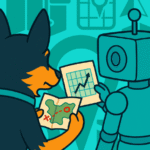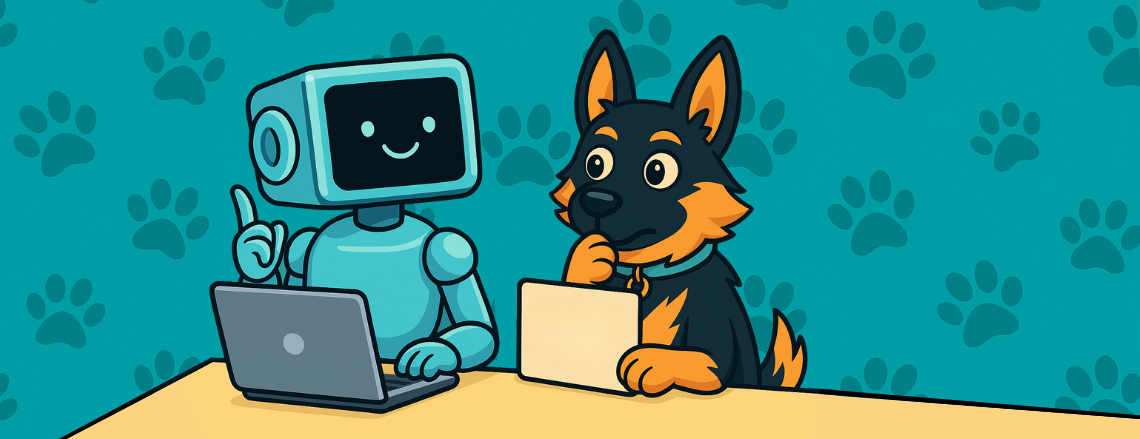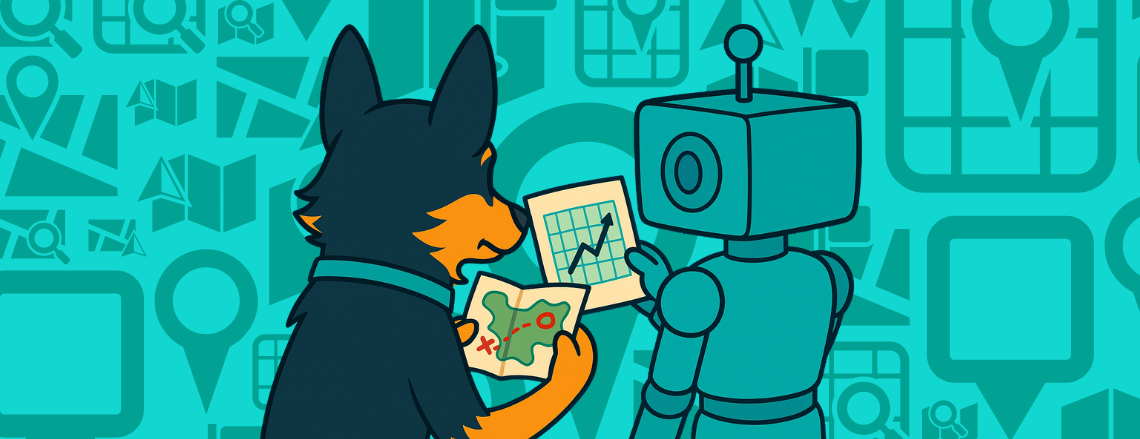
When a company leans too heavily on AI for its creative and strategic work, the content often feels… well, generic.
It loses voice, empathy, and, most importantly, the ability to make a genuine connection.
The Rise of the “Robot Voice”
- Social media captions that sound a little too polished, as if they were copied and pasted from the same playbook.
- Blog posts that check all the boxes but don’t say anything fresh.
- Chatbots that loop you through “Sorry, I didn’t understand that” until you give up.
AI as Your Co-Pilot, Not the Pilot
So if relying on AI alone creates risk, what’s the healthier way to use it?
This doesn’t mean AI has no place in marketing—in fact, it’s quite the opposite. The best teams treat AI like a mighty co-pilot. A paintbrush doesn’t create the masterpiece on its own; it helps the artist bring the vision to life. A calculator doesn’t solve the big idea; it simply makes the process faster. Similarly, a skilled marketer utilizes AI as a tool to enhance their work, not to replace it.
At its best, AI is a phenomenal assistant for:
- Brainstorming initial concepts and overcoming writer’s block.
- Analyzing data to find trends and insights.
- Automating repetitive and time-consuming tasks.
- Summarizing long documents for quick research.
The difference? The strategy, vision, voice, and connection must still come from humans.
What Strategy Really Means
- Strategy is your why—why your brand exists, who you’re serving, and what makes you different.
- It’s your positioning—how you show up in your market, how you earn trust, how you solve problems uniquely.
- It’s your long-term vision—where you want to be in 5 years, not just what you’re posting this week.
Where the Human Touch is Non-Negotiable
These are the areas where your brand’s true value is created:
- Brand Strategy & Purpose: Only people can define vision and values.
- Empathy & Connection: AI can crunch customer data, but it can’t truly understand frustration, excitement, or trust.
- Creativity & Big Ideas: AI is great at remixing. Humans are great at reframing the conversation.
- Unique Voice & Personality: Your quirks, humor, and storytelling are what set you apart.





